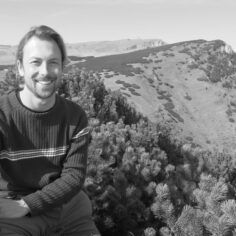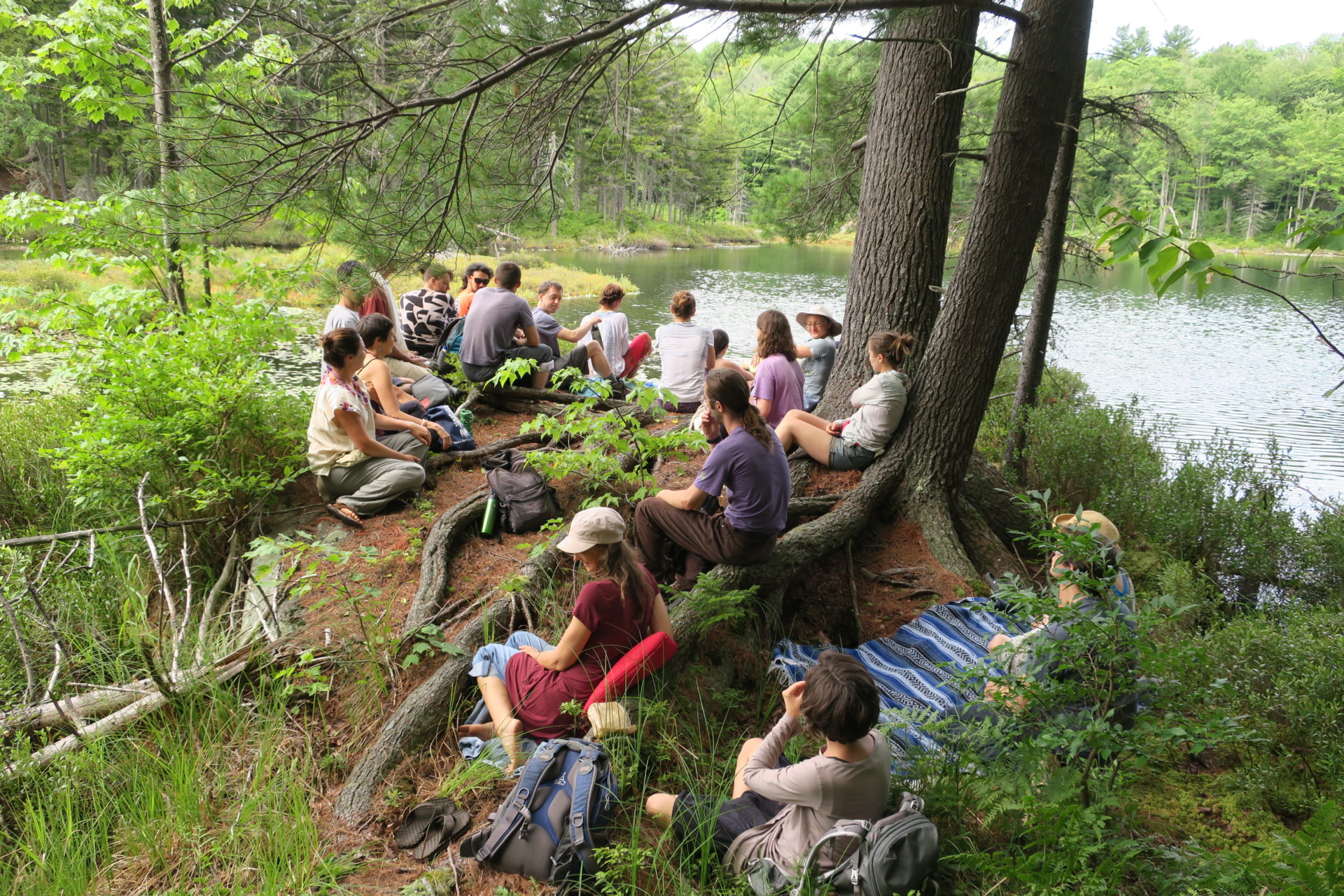By David Viafora in June 2017
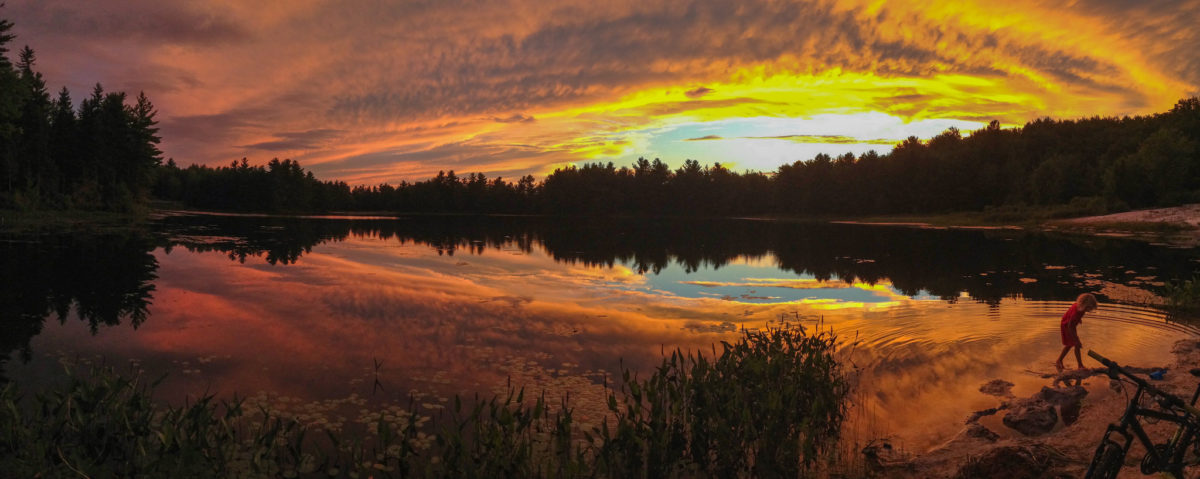
MorningSun is a mindfulness center and residential community committed to bringing a spiritual dimension to family life and society. With 240 acres of beautiful hills, forests, and ponds in Southern New Hampshire, MorningSun is building residential neighborhoods, a retreat center, and an organic farm and craft center. The community invites all who wish to experience a different way of being to come and practice with them,
By David Viafora in June 2017

MorningSun is a mindfulness center and residential community committed to bringing a spiritual dimension to family life and society. With 240 acres of beautiful hills, forests, and ponds in Southern New Hampshire, MorningSun is building residential neighborhoods, a retreat center, and an organic farm and craft center. The community invites all who wish to experience a different way of being to come and practice with them, whether that is for a day of mindfulness, a community weekend, a retreat, or a lifetime in this residential community.
Fern Dorresteyn and Michael Ciborski, co-founders of MorningSun, lived at Plum Village monastery for nine years, training in the meditative arts as monk and nun for seven. They are both members of the Order of Interbeing as well as Dharma teachers in the Plum Village tradition. In 2003, each of them departed Plum Village and, when they encountered each other, returned to lay life. Now they are married and have a son, Laurian, and two daughters, Seriena and Fiana. David Viafora interviewed Michael and Fern on August 28, 2016.
David Viafora: How and when did your visions begin for building a lay practice community?
Michael Ciborski: I remember when I was transitioning out of monastic life in Plum Village. I was thirty-one years old, and my vision was to live very simply, tend land near to my parents, and quietly allow myself time for artistic expression and hands in the earth. Something that really enlivens me is an active relationship with the changing of the seasons, and an expression of harmony with the natural world. That was all I could see at that time, and couldn’t see anything big happening in community, like MorningSun.
But the next summer, Fern and I reconnected, and things began to shift very quickly, because then it wasn’t about my vision anymore, but rather what comes out of us being together. It’s through our togetherness that something very potent manifests for MorningSun. She reinvigorated in me the capacity for really serving and helping. What drives MorningSun is being in touch with the energy of practice and how it serves and heals. When I’m on my own, that energy can get a little bit small. But when I’m with her, it just starts pouring out. And for her it’s always pouring out.
Fern Dorresteyn: When I was a child, my parents wanted to live closer to nature and more simply. They bought land with friends in an informal homesteading community near the United States-Canada border, out in the woods. No electricity and no running water in the winter. And I was so happy! We were really poor, but I never felt poor. We spent time together gardening, canning food for the winter. So ever since I was a child, I’ve known the joy of living in community.
When I was nine, I saw a movie on acid rain, showing how the lakes and wildlife were dying. Learning about the destructive impact of our way of life made a big impression and I knew I wanted to work with others to protect life. I think all of us who feel touched by the beauty and suffering of the world ask the question, “What is the most powerful thing I can do to help the situation in our world today?” Building a lay practice community answers that question for me. We know that overconsumption is such a huge part of the problem we face. With the practice, and in community, it is easy to find happiness without a lot of consumption. This is already revolutionary.
When we lived in Plum Village, we tasted the joy of being alive, in a very simple but real way. Like sitting on a stone and being quiet internally so that you can notice the smells of the Earth, the light in the grass, the beautiful person sitting next to you. With inner quiet, you can relax, and life suddenly becomes something you can feel very vividly, and you know who you really are. From this quiet connection, happiness and love are born. When we left the monastery, we quickly saw how amazing it would be to build a life based on this kind of happiness.
OPENING DOORS TO PRACTICE
DV: Can you describe the vision for MorningSun?
MC: The big picture is that we are creating a space in a beautiful natural setting, with forests and a farm, where forty or so residents will live to create the practice energy for the retreat center. In the center of the land will be the retreat center, based in the Plum Village tradition. There will be retreats throughout the year for all ages, including programs for youth and children. They will be based in the practice and will explore how mindfulness and interbeing can support important social and environmental issues.
MorningSun is now a kind of framework enabling people to come together and practice. It opens doors for different kinds of people to practice together, and different kinds of projects and expressions of practice to unfold.
FD: I feel that as a global Plum Village tradition, we are ripe for our understanding to be developed into specific, practical forms. For an example, look at Waldorf Schools. They started as one school where Rudolf Steiner’s spiritual understanding was put into practical form. Now, I am guessing based on the number of schools that each school day, over 100,000 children around the world are learning to have compassion, think creatively, and connect with nature. Plum Village monasteries as well as some lay Sanghas are already growing in that direction. MorningSun is intentionally set up to support the birth of these types of initiatives.
We are starting to work with a group of young adults to build a Wake Up Center here. This reminds me of the School of Youth for Social Service that Thay established in Vietnam to train young people to bring social support and aid to villages in Vietnam during the war. Our Wake Up Center will be a place where young people can learn how to live with stability and happiness, nourishing their mind of love, while offering service to others. They will work to support mindfulness groups at universities around New England. The center will be a physical home base for Wake Uppers around the world to connect and be supported in their practice and in building Wake Up communities. Young people will be able to live here long term, reside for an internship (like a gap year), or visit for a weekend.
Another example is our work with families. Some of the first retreats we offered were parenting retreats, born out of our own family practice. Michael and I meet at least twice a month to reflect on our family’s well-being, including how each of our children is doing, and what they are going through. We ask practical questions like, “Where are we still suffering?” Then we ask, “How can we practice to change that experience?” We look deeply to find practices that help our children to suffer less.
Perhaps it is during the moment of getting the kids ready for bed. We discovered years ago that this cranky time of night could be transformed into a practice moment. When we sit by their bed at night, we quiet ourselves inside. We use lavender cream to massage their hands, offering our respect and love through our mindful touch. Then we sing practice songs or offer a guided meditation. I like to adapt the meditation or story we share, according to what they are going through. We share these very specific practices in the retreats we offer for families.
We also envision an elder care center here at MorningSun. These are examples of the engaging and creative work that we are interested in.
IN TOUCH WITH LIFE AT IT IS
DV: Can you describe the process of getting MorningSun to where it is now?
MC: In the beginning, we just imagined an end result – a beautiful farm with people practicing, children, and animals. But how can one work it back from the beauty and complexity that we could envision to the reality of: here we are, just two people, with absolutely no physical resources in the world?
So we asked ourselves: What are basic steps we need to take to create a structure for these facets of healing and wellness to start happening? How do we keep our relationship alive? How does a vision like this stay glued together and have integrity? And all that, of course, boils right back down to the very essence of our practice.
We have to be able to live in the historical dimension, taking care of logistics and planning. But we also have to be able to touch the ground of no beginning and no end, nowhere to go, nothing to do, throughout. We have been infusing that deeper understanding into the project every step of the way. “We already are all that we are seeking to become.” That is Thay’s teaching, guiding us in every step.
This means keeping the practice at the heart of everything. It means twelve years of weekly Days of Mindfulness to keep our collective practice alive. It means we start each meeting with meditation and reflection on our nature of interbeing. It means we practice to listen deeply when one of our community members is suffering, accept our weaknesses, and continuously stretch ourselves. We practice to meditate on the beauty of each of our fellow community members so that our appreciation and love for them continues to grow.
On a practical level, it has meant creating a business plan, finding investors, purchasing 240 acres, working nonstop for five years to complete a subdivision for twenty-two lots, putting 180 acres into conservation, building a road, building a straw bale meditation hall, and beginning to grow our residential membership and build six eco-homes on the property.
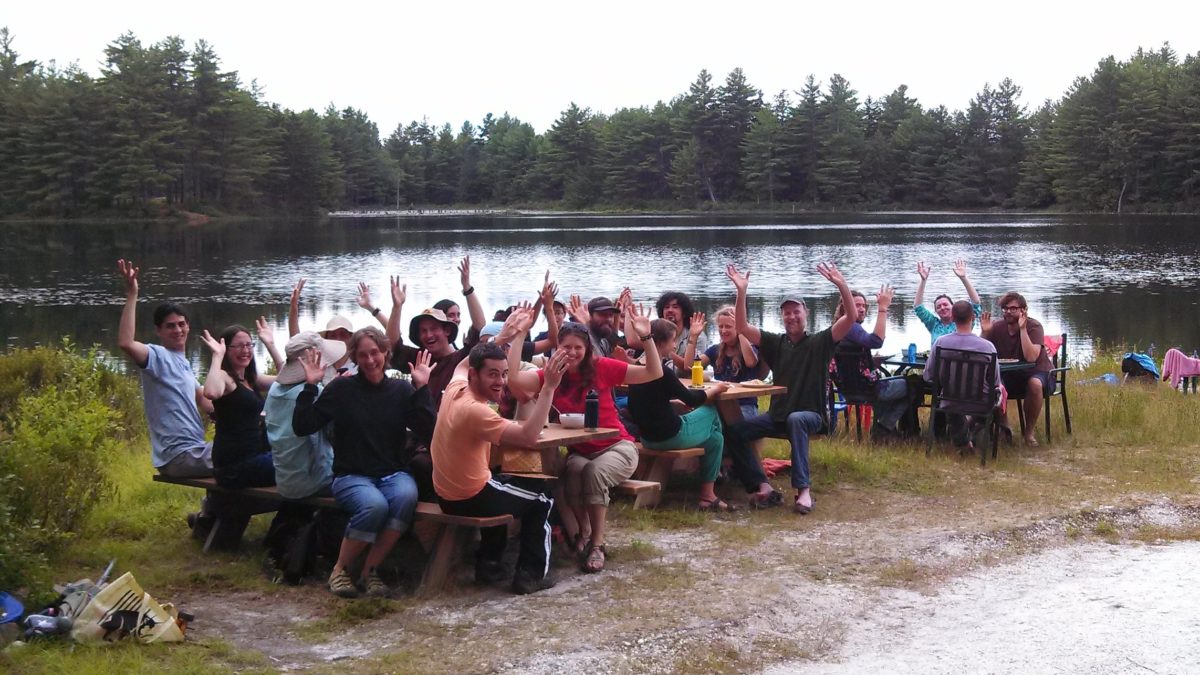
For anyone thinking of such an adventure, we should be honest: it has been a phenomenal amount of work. It is a deep love for the world and the practice that keeps us steady. As monastics we learned to give everything to this beautiful way, to offer everything that is “personal” towards our collective awakening. That deep motivation is still alive in our hearts.
DV: Were there ever times when you had these visions for manifesting community, but also realized that you didn’t have the material resources, or you might not get the support you wished for? Did it ever feel intimidating or too challenging?
FD: At a certain point a lot of fear came up for me. It was actually one of the darker moments of my life. It was a challenging time for a number of reasons, including the fact that I had a baby and wasn’t getting enough sleep! I was really missing community. During the big economic crash eight or nine years ago, one of our big investors pulled out $200,000, right before we bought the property. I felt this heavy suffering every day for a few months. At a certain point I recognized that if I wanted to go forward with this vision, then I had to really transform the seed of fear in myself, because there would always be unknowns, and I didn’t want to live my daily life with this weight and fear.
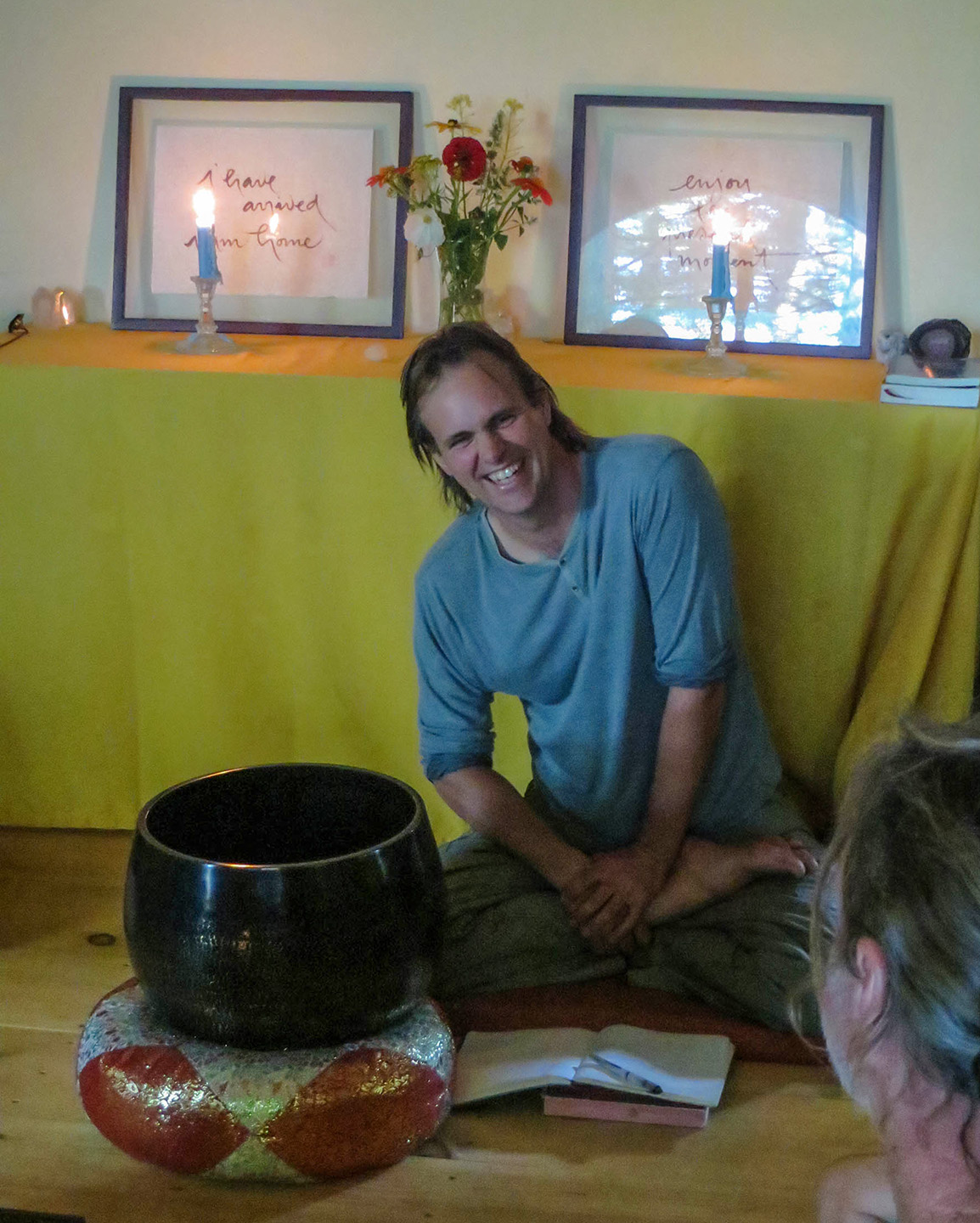
So I practiced for a month or two to really focus on that fear, doing a lot of meditative work, until I understood the fear in its roots. Then I built a deep experience that I’m not a separate self, allowing my consciousness to expand and weave itself with other people, with the sun, the fields, music, deep thoughts, great beings. I sat in this space where I felt vast and at peace, to see that my true nature is bigger than what I do in this lifetime. I touched that place enough that the fear dissolved.
That’s an awareness that I carry with me now. Good news comes in; bad news comes in. That’s part of everyday life. You can’t get the loan you wanted, or you get good news that someone made a donation. When that happens, I touch that space. I intentionally keep it alive in my practice. In a moment of walking meditation or doing dishes meditation, I contemplate interbeing.
Michael and I know that we’re not doing this alone. We’re not doing it for us; it’s part of a bigger impulse. It’s an inspiration that’s coming from so many beings who love the practice.
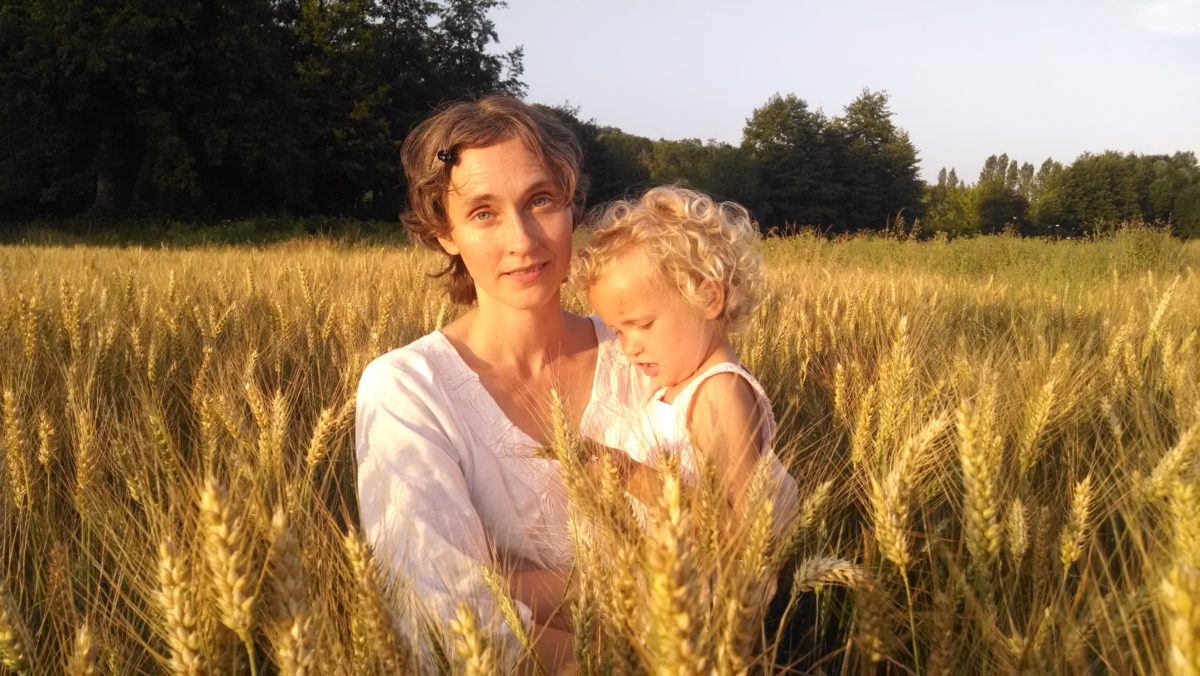
MC: We have to be willing to continuously learn how to move through something without fear, by touching life deeply. That particular moment Fern mentioned, we gathered around as the small community of friends that we were, and we practiced. We practiced being present with the discomfort of the fear we felt. We shared in that, and we supported each other. We practiced to be open to the possibility that life might be asking us to change. And it did. A new path forward was revealed for us.
There are different trends and deeper weavings in the currents of our lives. We tend to be focused on the surface. To really find the path, we have to drop though that and get in touch with the more subtle current. In that way, you’re participating but you’re not necessarily in control. You’re in control insofar as you know what you can offer, and you know where to go in order to offer what you can. But you aren’t the one determining the outcome.
That sense of life unfolding, and of having faith and confidence, comes from practicing to be in touch. There’s no other way. You can’t will yourself there. You have to diligently come back and be in touch with life as it is. Our practice asks you to do that on very simple levels in your body, in your feelings, in your daily life, but also on those deeper levels. If you want to do something like MorningSun, you have to go to that deeper level. Because as Fern says, it’s not about “us.” It’s about creating a space in which what is inherently beautiful in life and in people can emerge.
DV: Would you like to share how you chose this land and came into touch with it for the first time?
MC: We looked at a lot of different land and farms, thinking we could move into a big house and space to start running programs right away. When we saw the land that is now MorningSun, we fell in love with its beauty. There were also scars from the mining industry, when quarried stone was brought here and crushed for feldspar. A lot of garbage was dumped along the access roads. But in a way, that suited our intention to bring healing to the Earth.
FD: The first time we visited the property was a sunny spring day, and because of the old mines, there was a lot of mica and crystal everywhere, so the roads sparkled as we walked in! And then we saw the big pond, and we were in love instantly!
One hesitation we faced was buying land that didn’t have fields. We knew we wanted to have gardens. We want people who come to MorningSun to grow food, to work with the Earth and deepen their connection and compassion through that. We knew that this would mean clearing some trees. So we spent a lot of time out here before we bought the land, meditating, asking the land if that was okay. We said to the land, “We’ll need to take some trees down and change the Earth some. But many adults and children will be coming here to learn how to love the Earth.” I could see this place just glowing with love, radiating out into the world, and people taking that love and learning to love other places. It felt like the Earth was happy to have that happen here.
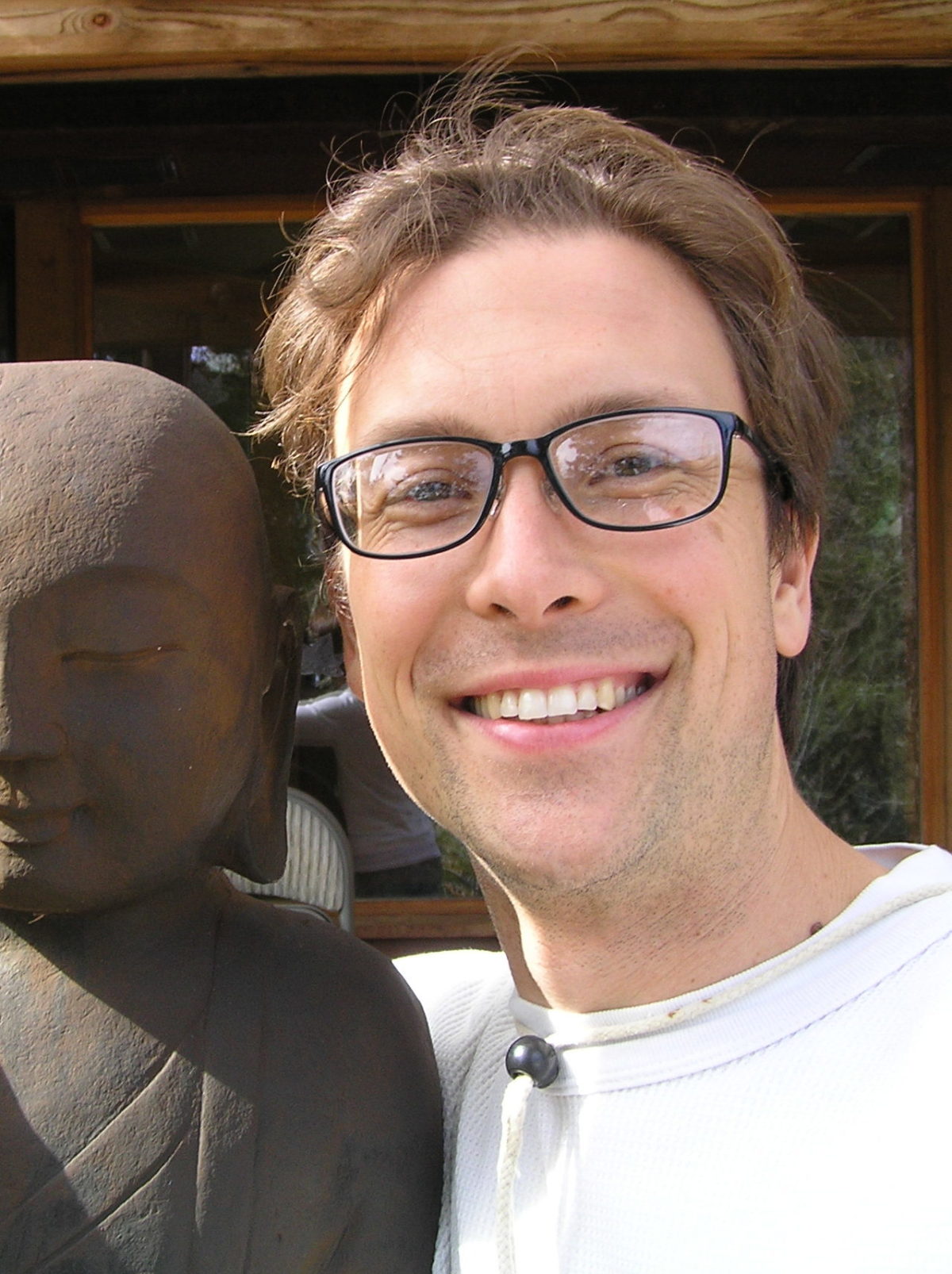
We try not to cut trees. Most of the land is in conservation now, and home to tons of wildlife. When we do need to cut a tree, we always meditate and send our deep love and gratitude. We let the trees know what is going to happen and invite the small beings, the wildlife, to move out of harm’s way. Of course we love the forest; it is part of our beloved community.
DV: This has been fascinating. Michael and Fern, thank you so much for sharing this incredible journey of community building and practice with us.
